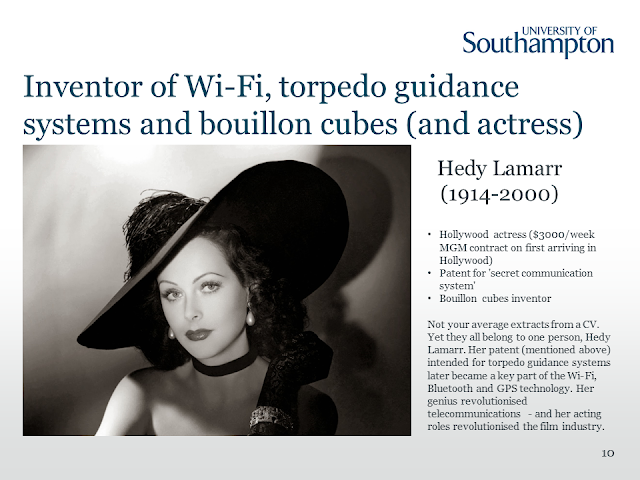The Workshop
(Scroll down for posters and more!)
Over 100 years ago in Holland, a scientist (Heike Kamerlingh Onnes) designed a way to turn helium gas into a liquid - and the temperature of the liquid dropped to -269 degrees C i.e. very, very, very cold: a Cryogenic temperature. He then designed more experiments to find out what happened when he put things in this liquid and made them very, very, very cold too. In 1911 one of these things was mercury and what happened was magical: it could conduct electricity without any resistance! It was a Superconductor.
Modern superconductors can be cooled with liquid nitrogen (at -196 degrees C) as can lots of other things, including sausages, bananas, flowers, tennis balls, metal plates and more. Using such items and lots of liquid nitrogen, various aspects of science and engineering, from material properties to engineering design, as well as the uses of cryogenics, are explained and explored with the students via exciting demonstrations and creative activities. The topics of electricity, electrical power generation and transmission now and in the future and superconductivity are also covered and the workshop topped off with the ever-popular levitating magnet demonstration.
The workshop is preceeded with a look at some amazing female scientists & engineers throughout history (Women in STEM Heroes) and may be supplemented by the Future Grid Challenge.
Wednesday, 23 March 2016
10 Great Scientists and Engineers - Achievements
Contact J.Spurrell@soton.ac.uk for high quality pdfs









